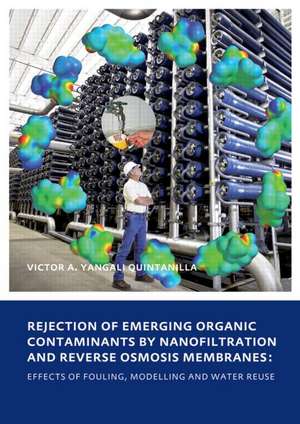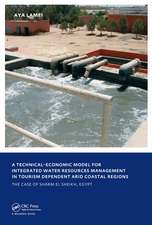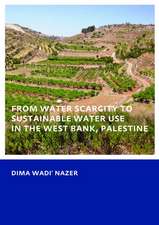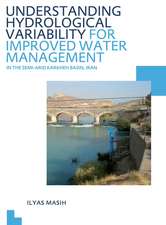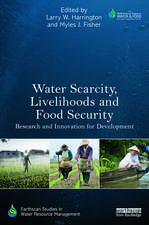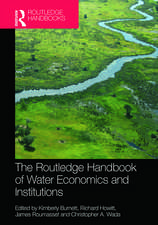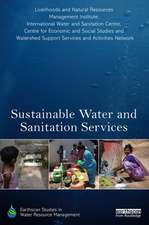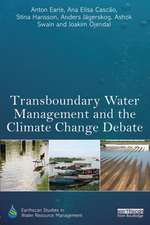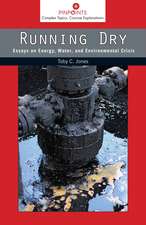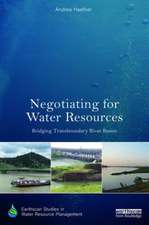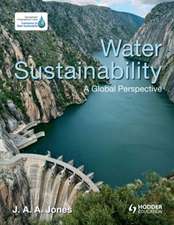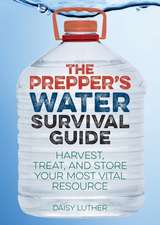Rejection of Emerging Organic Contaminants by Nanofiltration and Reverse Osmosis Membranes: Effects of Fouling, Modelling and Water Reuse
Autor Victor Augusto Yangali Quintanillaen Limba Engleză Paperback – 11 mai 2010
Preț: 551.80 lei
Preț vechi: 740.50 lei
-25% Nou
Puncte Express: 828
Preț estimativ în valută:
105.60€ • 110.11$ • 87.76£
105.60€ • 110.11$ • 87.76£
Carte tipărită la comandă
Livrare economică 21 martie-04 aprilie
Preluare comenzi: 021 569.72.76
Specificații
ISBN-13: 9780415582773
ISBN-10: 0415582776
Pagini: 218
Dimensiuni: 174 x 246 x 13 mm
Greutate: 0.41 kg
Ediția:1
Editura: CRC Press
Colecția CRC Press
ISBN-10: 0415582776
Pagini: 218
Dimensiuni: 174 x 246 x 13 mm
Greutate: 0.41 kg
Ediția:1
Editura: CRC Press
Colecția CRC Press
Public țintă
ProfessionalCuprins
1. Introduction; 2. Theoretical Background; 3. Removal of PhACs and DECs by Membranes; 4. Effects of NOM and Surrogate Foulants on the Removal of Emerging Organic Contaminants; 5. QSAR approach for Modelling and Prediction of Rejections of Organic Solutes; 6. Data-driven Modelling Applying QSAR and ANN; 7. Implementation of NF as a Robust Barrier for Organic Contaminants during Water Reuse Applications; 8. Recommendations.
Notă biografică
Victor Augusto Yangali Quintanilla
Descriere
This book examines the presence of micropollutants (medicines, hormones, pesticides) in surface water and the lack of success in removal by conventional water treatment options, then explores nanofiltraion and reverse osmosis methods as better options. The author reviews quantification of removals by means of multivariate data analysis techniques, providing a better understanding of the separation of micropollutants by membranes. He discusses increases in water reuse practices and the important role water membrane treatment will play in the removal of micropollutants and the importance of understanding the characteristics, advantages and disadvantages of nanofiltration and reverse osmosis.
